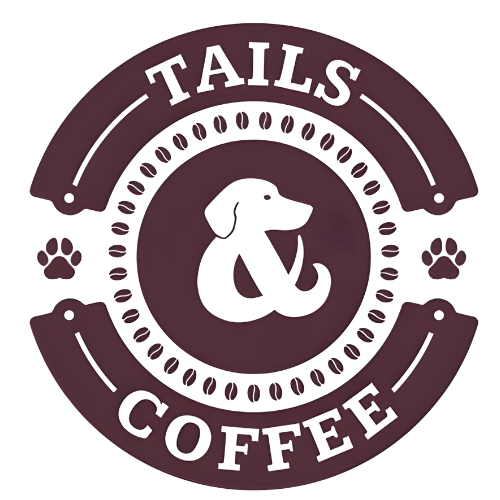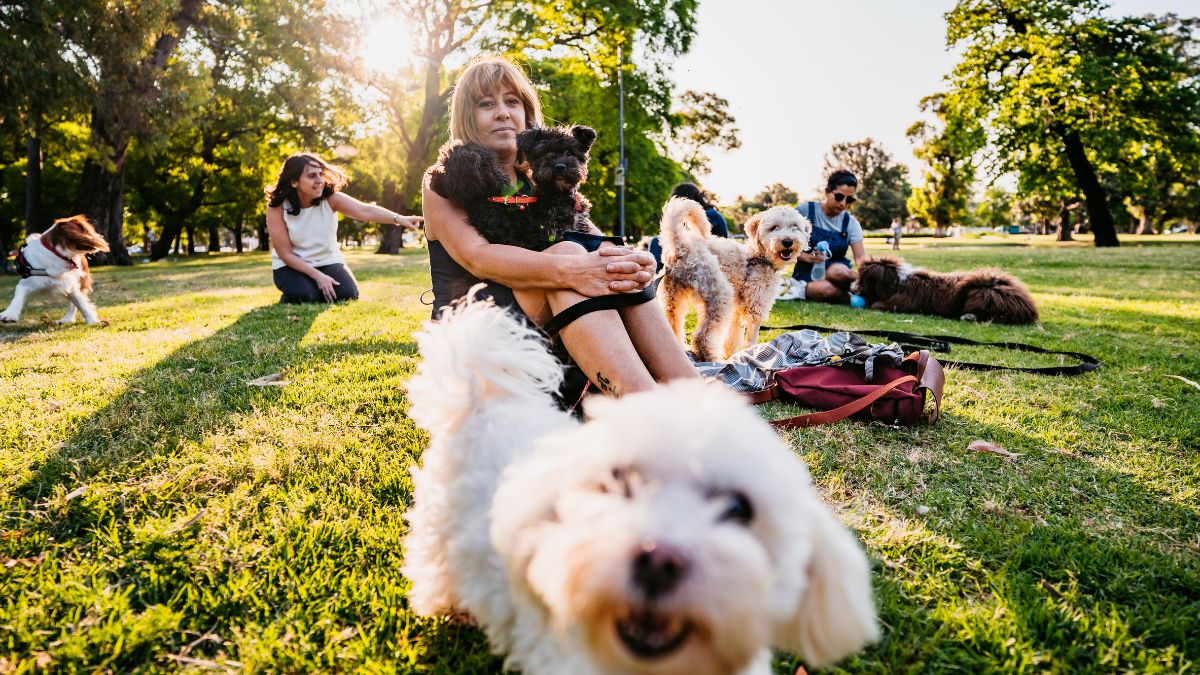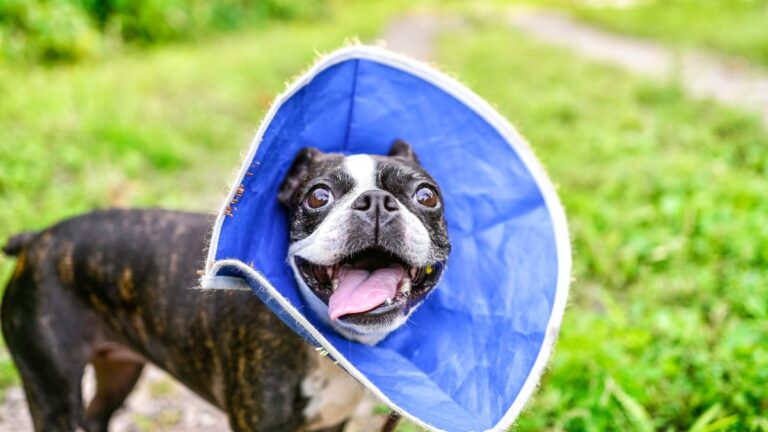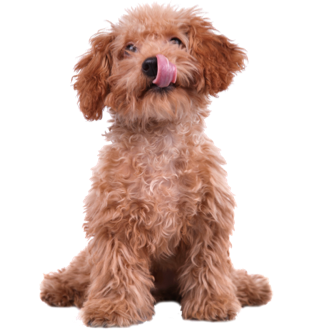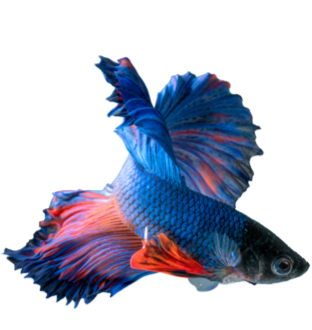With lovely weather and plenty of open space, a dog park can be the ideal place to let your furry friend enjoy some playtime while also getting some exercise and socializing with other dogs. However, ensuring that your dog remains safe and healthy during these visits requires preparation and vigilance. Below are essential tips and frequently asked questions that will help you and your dog enjoy a positive, worry-free dog park experience.
Key Considerations Before Going to the Dog Park
- Weather Conditions: High temperatures and humidity can lead to heat exhaustion or heatstroke in dogs. On hotter days, it’s best to visit the dog park in the early morning or late evening when it’s cooler. In winter, be mindful of ice or salt that could irritate your dog’s paws.
- Your Dog’s Health: Young puppies and older dogs are often more susceptible to diseases like parvovirus, which can be contracted at dog parks. It’s best to wait until your puppy has completed their vaccination series before allowing them to interact with other dogs at a park. Also, ensure your dog is free from contagious symptoms like coughing or sneezing.
- Vaccinations: Make sure your dog is up-to-date on vaccinations. Besides core vaccines (rabies and distemper/parvo), non-core vaccines like Bordetella (kennel cough) and canine influenza may also be recommended depending on the risks in your area.
- Size and Personality: Some dog parks have separate areas for small and large dogs, which can be beneficial for dogs of different sizes. Similarly, knowing your dog’s personality will help you gauge whether they are suited for a dog park setting where energy levels can vary widely.
- Peak Hours: Visiting during off-peak hours can help avoid overcrowded spaces and potential dog fights or stress due to large groups of unknown dogs. Early mornings, late evenings, and weekday visits are often less busy.
11 Dog Park Safety Tips
- Know the Dog Park Rules: Each park has rules regarding leash requirements, toy usage, and dog behavior. Familiarize yourself with these rules to ensure you and your dog are in compliance.
- Basic Training: Commands like “come,” “sit,” and “leave it” are essential at the dog park. These commands can help you control your dog if they get too excited or are involved in rough play.
- Avoid Bringing Toys: Toys can lead to resource-guarding behaviors and even fights. If you choose to bring a toy, consider bringing extras to share with other dogs or avoid toys altogether.
- Monitor Body Language: Look for signs of stress, discomfort, or aggression in your dog and other dogs. Signs like raised hackles, stiff posture, or prolonged staring can indicate a possible conflict. Calmly remove your dog from the situation if you see signs of aggression.
- Limit Visit Duration: While it’s fun to see your dog playing, extended sessions can lead to overstimulation and exhaustion. Keep visits to a reasonable length, depending on your dog’s tolerance and energy levels.
- Stay Focused: Avoid distractions like phones or lengthy conversations with other pet owners. Keeping an eye on your dog allows you to quickly intervene if necessary.
- Consider Fee-Based Dog Parks: Many private dog parks charge a fee for access, which often goes toward park maintenance and monitoring, making them a safer choice as these parks may require vaccinations and enforce behavior rules.
- Pack the Essentials: Bring water, a bowl, poop bags, a leash, and any necessary identification. Having fresh water available helps prevent dehydration, especially on warmer days.
- Pick Up After Your Dog: Always clean up after your dog. Left-behind waste can spread diseases and is unpleasant for other park visitors.
- Stay Up-to-Date on Preventive Care: Regular flea, tick, and heartworm treatments help prevent parasites that are easily transmitted in environments with other dogs.
- Assess Your Dog’s Health: Only bring a healthy dog to the park. Coughing, sneezing, or digestive issues can all be signs of contagious illnesses that could impact other dogs.
Common Health Risks at Dog Parks
- Giardia and Intestinal Parasites: These are often transmitted through contaminated water or dog feces. Avoid letting your dog drink from communal water bowls.
- Parvovirus: Particularly dangerous for puppies, parvovirus can be contracted through contact with contaminated surfaces or feces.
- Kennel Cough: Highly contagious, kennel cough spreads through respiratory droplets. Vaccinating your dog against Bordetella can reduce the risk.
Understanding Dog Play
Playtime for dogs often includes barking, growling, or chasing, which can seem intense. However, social play is important for dogs and typically includes self-rewarding activities that are voluntary and pleasurable. Healthy play behavior is usually structured differently from aggressive interactions; there’s often a “play bow,” which is a dog’s way of inviting another to play. Understanding your dog’s play style will help you know when to let them socialize and when it’s time to step in.
Dog Park Frequently Asked Questions
Puppies should wait until they have completed their full vaccination series, usually around 16 weeks, to prevent exposure to diseases like parvo. For young puppies, socialization with vaccinated, familiar dogs in private settings is recommended.
Core vaccines include rabies and distemper/parvo. Non-core vaccines, like Bordetella and canine influenza, are often recommended for dogs that frequently visit public parks.
Cooler times of day, like early morning or late evening, are ideal. Off-peak times, like weekdays, may also provide a more relaxed atmosphere with fewer dogs.
Warning signs include stiff posture, intense staring, raised hackles, and a stiff tail. If you notice these behaviors in any dog, it’s best to create distance to prevent escalation.
If your dog is being chased or seems uncomfortable, calmly redirect them with a command like “come” and move to a quieter area of the park or leave if necessary.
Yes, communal bowls can harbor bacteria. Bring your own water to ensure your dog stays hydrated and healthy.
If your dog is injured, administer basic first aid if possible and visit your vet if the injury is serious. Keeping a small first aid kit on hand is a good precaution.
20-30 minutes of active play can be enough for many dogs. Monitor your dog’s energy level and leave before they get overly tired or agitated.
Follow current guidelines, maintain distance, and bring your own water and bowl. The risk is minimal, but precautions help ensure a safe visit.
Research dog parks online, read reviews, and observe the park’s condition, amenities, and visitor behavior to determine if it’s a good fit
1. Can I Take My Puppy to the Dog Park?
9
Conclusion
The dog park can be a joyful place for your dog to play, socialize, and burn off energy. With these tips, you can help ensure your dog’s safety and well-being. Always remember to be vigilant, prepared, and attentive to your dog’s comfort and body language. A little planning goes a long way in creating a safe, fun environment for both you and your dog.
